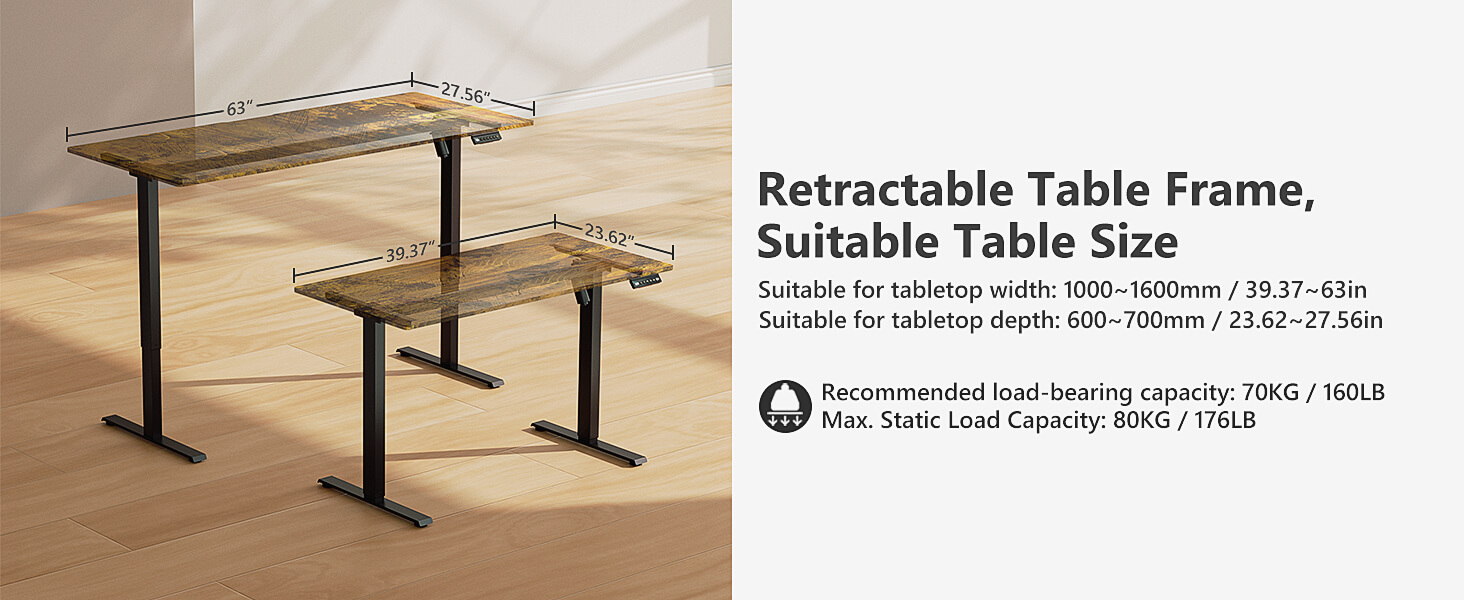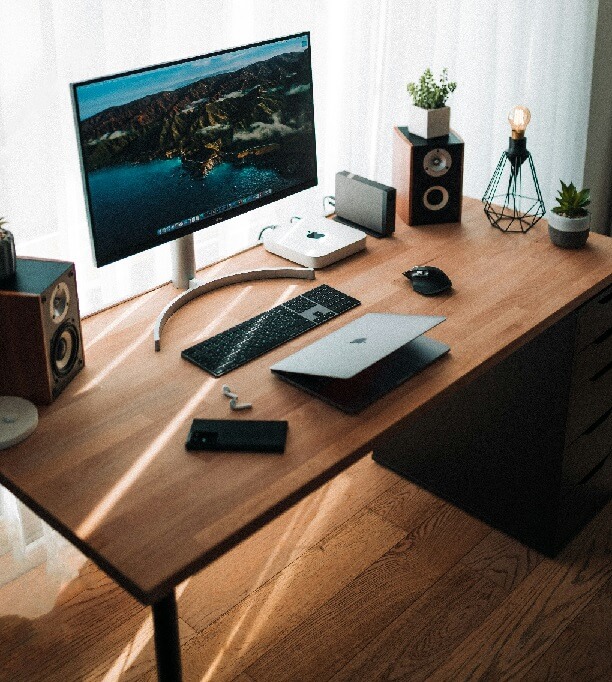The way we work is changing, and nowhere is this more evident than in the rise of remote work. The shift from office to home isn’t just about location. It’s about how we set up our workspaces. Among the key players in this transformation? The height adjustable desk.
In this article, we’ll explore how remote work is driving the demand for height adjustable desks and why they’re more important than ever.
The Remote Work Revolution
Not long ago, most of us worked in offices. The typical setup included a desk, a chair, and a computer. But when the pandemic hit, remote work became the norm. As a result, the way we view our workspaces changed.
For many, working from home has its perks. No more commuting. More flexibility. But it also comes with challenges, particularly when it comes to creating an ergonomic, comfortable workspace.

Health Issues from Sitting Too Long
Sitting all day isn’t good for your body. Research shows that sitting for extended periods can lead to problems like poor posture, back pain, and even increased risk of heart disease. It also affects our energy levels. After hours of sitting, it’s easy to feel sluggish.
This is where height adjustable desks come in. With the ability to switch between sitting and standing, these desks help combat the negative effects of prolonged sitting. Standing up—even for just a few minutes at a time—improves circulation, reduces strain, and boosts energy.
The Benefits of Standing Desks for Remote Workers
Remote workers face unique challenges. Working from home often means long, uninterrupted hours in front of a screen. But standing desks provide a solution. By allowing workers to alternate between sitting and standing, height adjustable desks help break up the monotony of sitting all day.
Switching between positions isn’t just about comfort; it’s about productivity. Studies show that standing for part of the day can increase focus and creativity. It can also reduce mental fatigue. By changing positions, workers can stay engaged and sharp.
Productivity Gains with Height Adjustable Desks
Standing desks aren’t just about physical health; they also impact performance. Workers who use height adjustable desks report higher levels of productivity and satisfaction. This is likely due to the flexibility these desks offer. The ability to stand or sit when needed allows for a more natural, comfortable work routine.
For remote workers, the benefits are clear. Standing increases blood flow to the brain, which can enhance concentration. It also helps clear mental fog, making it easier to stay focused and productive.
Creating a Healthier Home Office
The demand for height adjustable desks has surged as more people work from home. Employees are increasingly looking for ergonomic solutions that can help them stay comfortable throughout the day. These desks are perfect for creating a healthier work environment.
They are especially popular because they offer flexibility. Remote workers no longer need to be stuck in one position for hours on end. The ability to stand, stretch, and move around improves both mental and physical well-being.
Why Employers Are Embracing Height Adjustable Desks
Employers aren’t overlooking the benefits either. Many companies have recognized that investing in ergonomic furniture for remote workers is a smart move. Height adjustable desks can reduce employee complaints about back pain and fatigue. In return, this leads to fewer sick days, higher energy levels, and greater productivity.
By offering these desks to employees, companies can promote health and well-being. As a result, employees feel more engaged, valued, and ready to do their best work.
The Future of Work: Flexible and Adjustable
As remote work becomes the standard, the demand for height adjustable desks is likely to keep growing. The flexibility these desks offer will be key to maintaining a healthy, productive work environment.
Whether it’s a hybrid model or a fully remote setup, companies and workers alike will continue to embrace ergonomic solutions. The height adjustable desk will remain a cornerstone of the modern home office. It’s more than just a piece of furniture. It’s an investment in both health and performance.
